Other

“Seventy years ago this spring, the first fully electronic computer at what is today Los Alamos National Laboratory came online. Called the MANIAC, it was constructed when electronic computing and its associated industry were still in their infancy. Early computer …
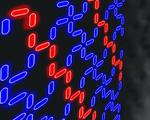
“Interactions between alternating layers of exotic, 2D material create ‘entropy-driven order’ in a structured system of magnets at equilibrium Extremely small arrays of magnets with strange and unusual properties can order themselves by increasing entropy, or the tendency of physical …

“A new technology could make rocket launches more successful When it comes to materials, engineers are always looking for something better. There is a constant need for stronger, lighter and easier-to-produce materials that can withstand harsh environments. This is particularly …

“New research artificially creating a rare form of matter known as spin glass could spark a new paradigm in artificial intelligence by allowing algorithms to be directly printed as physical hardware. The unusual properties of spin glass enable a form …
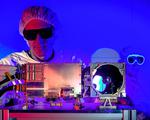
“On the one-year anniversary of the Perseverance rover’s landing, here’s a look back at some of the discoveries the Los Alamos-led instruments have helped make. The SuperCam (on the Perseverance rover) and ChemCam (on Curiosity) instruments are tools …

“New No-Free-Lunch theorem for quantum neural networks gives hope for quantum speedup. The field of machine learning on quantum computers got a boost from new research removing a potential roadblock to the practical implementation of quantum neural networks. While theorists …
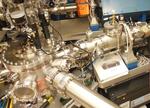
“ARPA-E program awards Laboratory-led materials project $3.1 million; Laboratory partners on two other projects. The promise of fusion – a potentially game-changing source of low-cost, abundant energy – is constrained by a number of challenges, central among them the lack …
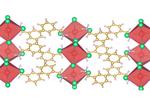
“Perovskite materials are low-cost, solution-processable semiconductors that can absorb and convert solar energy with extraordinarily high efficiencies, making them promising material for use in applications such as photovoltaic solar cells – if the material can be made stable and efficient. In …
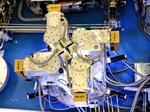
“For more than 60 years, scientists have sought to understand and control the process of fusion, a quest to harness the vast amounts of energy released when nuclei in fuel come together. A paper published today in the journal “Nature …
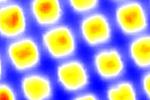
“Advancement in single-atom layer graphene coatings improves accelerator electron source lifespans. Protective coatings are common for many things in daily life that see a lot of use: we coat wood floors with finish; apply Teflon to the paint on cars …
